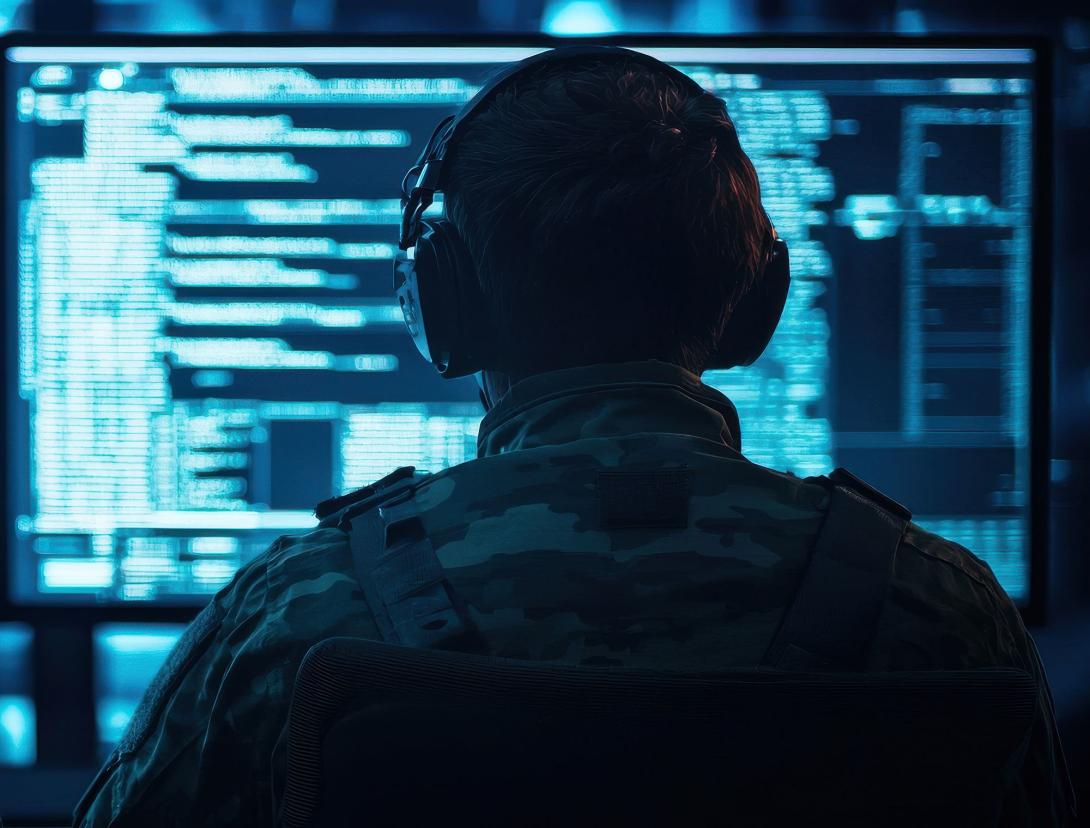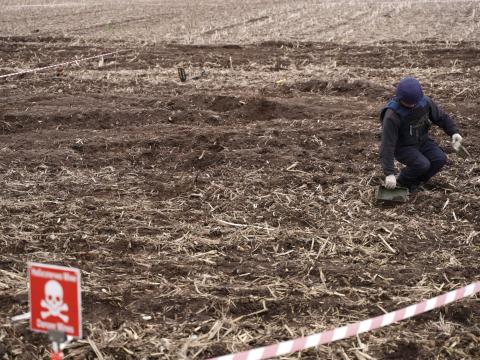Novel DoD Group Begins Prototype Production

The process of solidifying the Department of Defense’s (DoD) new Artificial Intelligence Rapid Capabilities Cell (AI RCC) is taking a major step forward. Starting this month, AI RCC officials expect crews to begin developing and producing prototypes of their new technologies.
The development comes only about half a year after the Pentagon’s Chief Digital and Artificial Intelligence Office (CDAO) officials announced the creation of the AI RCC. And this quick and ambitious timeline is a consistent theme regarding the group, as leaders want to deliver the prototypes within the year, according to Jonathan Elliott, acting director, AI RCC.
Despite the eagerness and determination shown by leaders, Elliott understands that they will learn a plethora of lessons from their initial models and that the prototypes are not the final product and could be far from it.
“We’re trying to move at speed and deliver these prototypes that may solve that individual problem, but also really use the learning that we got from doing these prototypes to then inform [us as to] how do we do this at scale,” Elliott said in an interview with SIGNAL Media. “Did our solution solve that specific logistics problem? And then, we can now know that logistics is a right field for generative AI.”
“In the DoD’s use cases, we can say, based on this prototype, the logistics field you should adopt [is] generative AI, and how can we help scale that across the DoD and also help inform our larger investments?” Elliott added. “How much compute does the DoD need? Where should we be buying it from? How should we be buying it, and what are the cost models for that?”
Through prototype applying and testing, officials will be able to see how impactful and effective the technologies are in their respective roles. Leaders also plan to collaborate with users to ensure the capabilities are helpful. They will take this hands-on approach to observe how crews can improve the tools, especially generative AI. Elliott called generative AI a “groundbreaking solution,” but he acknowledged that it is not the fix to every problem.
“We’re conducting an extremely fast-paced development cycle and working with users and warfighters to understand how providing this tool into their workflow has increased their performance or maybe decreased [their performance] and understand what we can do better,” Elliott said. “Because I think a purpose of the AI RCC is to say that generative AI can provide massive productivity increases to a lot of workflows. That does not necessarily include all. It is not the solution for everything, but we think it is a groundbreaking solution for a lot of things.”
AI RCC officials will strive to identify facets of the DoD where generative AI helps, hinders or does not affect operations, and the AI RCC will conveniently supply Pentagon personnel with the generative AI capability, Elliott explained.
“And it’s our goal to help find those areas so that we can then help inform the DoD and provide that,” Elliott added. “So, we should be well underway in our prototyping and also providing general-use tools to the DoD at large so that any user can then access a generative AI model and query it in their day-to-day work so that we can understand how this can be used at scale and how an everyday worker will both use it in their daily office job to how an analyst in a combatant command will use it as they bring in, hypothetically, real-time data from data sources all over the globe.”
The prototypes will be constructed as part of a contract, according to Elliott.
As briefly aforementioned, officials with the Pentagon’s CDAO rolled out the AI RCC in December 2024 with the initial goal of hastening the installation of AI technologies across the DoD. With the help of the Defense Innovation Unit, the AI RCC will develop four initial pilot programs that will focus on generative AI and address 15 warfighting and enterprise management scenarios. Specifically, some of these use cases will be centered around command and control, decision support, software development and cybersecurity, according to DoD officials. DoD personnel determined these to be the fields of interest by using research work collected by Task Force Lima, a group that leaders created in August 2023 to observe how the DoD used generative AI, a role similar to that of AI RCC, according to DoD officials.
However, Elliott and DoD officials could not comment on the in-depth details of these use cases due to classification rules.
Through observation, AI RCC officials have noticed that the generative AI models used by people in industry can also be used by warfighters to make their jobs easier and alleviate their workloads, especially in data management, analyzation and decision-making realms.
“[Focusing] on warfighting aspects and unique aspects of missions that we perform that we think generative AI can be applicable to and some examples of that both from on the more industry-facing side that there are analogs that companies are using generative AI for right now, like financial management and analysis, audit, human resources analysis and data augmentation,” Elliott said.
“On the warfighting side, [we’re] looking towards complex logistics and helping look at data analysis across low-information spaces. Then, also in many cases across the DoD, our analysts have large amounts of data, and we have more data than it is possible for people and our warfighters to look at. So, how do we help use tools like frontier AI to synthesize that data, do complex data analysis and summarize it, or identify the key points in that data to help inform warfighters in the field?”
On the warfighting side, [we’re] looking towards complex logistics and helping look at data analysis across low-information spaces. Then, also in many cases across the DoD, our analysts have large amounts of data, and we have more data than it is possible for people and our warfighters to look at.
Generative AI and frontier AI can be used interchangeably, according to Elliott.
In addition to helping on the battlefield, leaders said generative AI could help on the logistical side of the DoD as well.
“Generative AI and frontier AI is, we believe, a game changer and a massive revolution as a general-use technology, similar to the internet, and you’ve seen that through adoption across industry,” Elliott said. “In the commercial sector, where it’s used, from finance to helping write emails to complex data analysis, so we think those same use cases apply to the DoD, because the DoD is also one of the largest entities in existence.”
“It’s both the largest healthcare provider [and] one of the largest human resources systems in the world,” Elliott explained. “So, there are many different use cases from industry where they have already adopted and used generative AI that we can then lift and shift into our similar use cases.”
Crews are expected to start construction on the prototypes this month, and while that takes place, officials will also put the pilot programs through a series of tests. Conducting ongoing checkpoints rather than one large exam at the end of prototype development is a major benefit when it comes to generative AI and the AI RCC, according to Elliott.
“To inform what your next model training cycle should be, that testing is like a requirement to know how good I am, or am I impacting the user,” Elliott said. “I think that’s just as critical as you look at generative AI and frontier AI capabilities added into workflows, where testing has to happen across the life cycle of the prototype and the larger project, because that informs our next increment and what we’re going to do in the next sprint and how we’re going to impact and make the product better for the warfighting user.”
“So, we’ll be testing across the whole life cycle and doing testing as a continuum with the idea of these constant, discrete test events so that we can gather this data as we go and inform our development in real time, as compared to waiting until the end to do a large test event.”





Comments